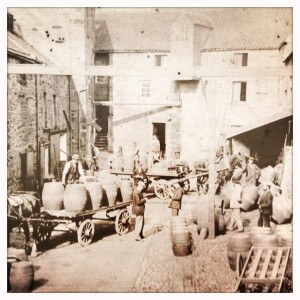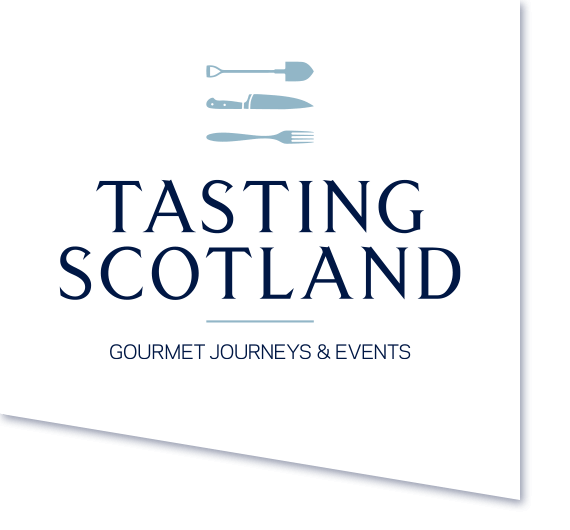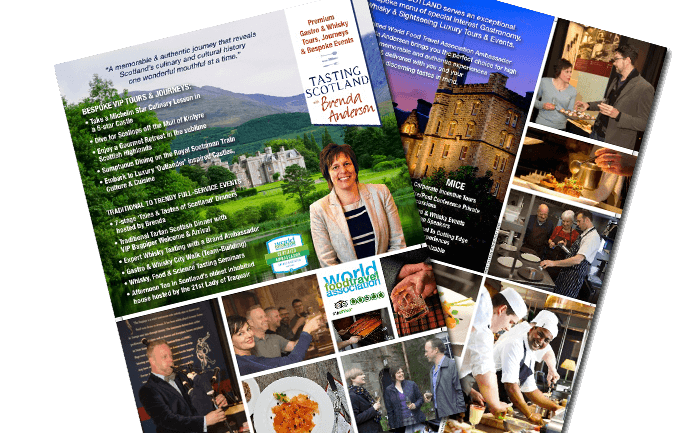Lifting the lid on Scotland’s Food and Drink
Last Friday the National Library of Scotland in Edinburgh, the world centre for the study of Scotland and the Scots, opened its summer exhibition and it looks to be a cracker for Scotland’s food and drink enthusiasts.
The ‘Lifting the Lid: 400 years of Food and Drink in Scotland’, exhibition uses a variety of material including a rich collection of manuscripts, books, household accounts, tradesmen’s bills and recipe books, as well as feature both amateur and government films to tell the story of Scotland’s food and drink.
As part of the Year  of Food and Drink, this gives you a chance to delve deep through the centuries and explore Scotland’s changing relationship with food and drink. Contrasting the richness and diversity of Scotland’s larder with the myths and traditions associated with people’s diet you will understand why it is that the Scots are some of the luckiest people on the planet.
of Food and Drink, this gives you a chance to delve deep through the centuries and explore Scotland’s changing relationship with food and drink. Contrasting the richness and diversity of Scotland’s larder with the myths and traditions associated with people’s diet you will understand why it is that the Scots are some of the luckiest people on the planet.
The world-envied premium quality produce can be gleaned from the rugged highlands, the lush lowlands, the fish teeming rivers, the surrounding craggy coastline with its estuaries and right out to the deep blue seas. As of course, we’ve been making whisky here for over 500 years. The earliest record of distillation of Uisge Beatha (“lively water” or “water of life”) in the country was documented in the ‘Exchequer Rolls’, which were records of royal income and expenditure. With 8 bolls of malt being granted to Friar John Cor, the distiller at Lindores Abbey, in 1495 to create aqua vitae.

Seggie Distillery
Despite the whisky industry going into serious official decline after whisky became taxed in 1644, resulting in a mere 8 legal working distilleries in Scotland and at least 400 illegal ones, on one of our recent food and drink day tours in St Andrews we were to learn that even the Haig dynasty with a rich history of whisky making in Scotland, were to suffer. In 1835 William Haig was forced to close his Seggie Malt Whisky Distillery a mile from St Andrews due to poor demand and debts to the tune of £64,000 (£12 million).
But as is often the case in history there are winners and there are losers, and the Scotch whisky making industry was to benefit from the devastation of the wine and cognac making areas of France, in 1880 after the vine louse, Phylloxera vastratrix, indigenous to the Mississippi River Valley in America, destroyed the vines.
Whatever your taste in there is sure to be something to relish in the National Library of Scotland summer exhibition on from now until 8th November 2015. Interested in including a visit to the exhibition as part of a tailored short break or vacation with us? As always we’re here to create exceptional memories. Contact us at [email protected]










Got something to say?